Wait until you try hiking uphill through moose country… in -40 degree weather… with no cell signal.
This is not your senior discount getaway list.
This is the ‘maybe let’s stay home and watch Planet Earth’ list.
Read on to find out which parks are more pain than peace.
1. Bering Land Bridge, Alaska

This national preserve covers 2.7 million acres in western Alaska.
It is one of the most remote places in the U.S.
There are no roads, trails, or campgrounds inside the park.
To visit, you must fly to Nome, Alaska.
Then arrange more travel on your own.
The Arctic climate brings freezing temperatures, strong winds, and long winters.
Why it’s tough for retirees: The harsh weather, no internet, and total isolation make this a challenging trip.
2. Channel Islands National Park, California
This park is made up of five islands off the coast of California.
Half of the park’s 249,000 acres are underwater.
You need a boat or small plane to reach it.
There are no food shops or gear rental services.
If you forget something, there is no way to get it.
Planning is critical for a safe visit.
Why it’s tough for retirees: Remote access and zero facilities can make it hard to enjoy, especially without help.
3. Denali National Park and Preserve, Alaska
Denali is home to the highest mountain in North America.
It stretches over six million acres.
Only part of the road is open to personal vehicles.
To explore further, you must book a bus or hike in.
There are grizzly bears, wolves, and moose.
Permits are needed for hiking and climbing.
Why it’s tough for retirees: Limited access, risky wildlife, and tricky permit rules make this a tough visit.
4. Dry Tortugas National Park, Florida
Dry Tortugas is about 70 miles from Key West.
It includes seven small islands and an old fort.
Most of the park is underwater.
You must take a boat or seaplane to visit.
There are no phones, restrooms, or snack bars.
Scuba gear is needed to explore the underwater sites.
Why it’s tough for retirees: Long travel and a lack of basic services make this trip difficult.
5. Gates of the Arctic National Park, Alaska
This park is over 8 million acres of wild land.
It has mountains, valleys, and rivers.
There are no roads, trails, or signs.
The weather is extreme, with winter temps reaching -50°F.
There are no visitor centers or services.
Travelers need satellite phones for emergencies.
Why it’s tough for retirees: It’s cold, remote, and has no help if things go wrong.
6. Great Basin National Park, Nevada
This park features caves and Nevada’s highest peak.
It sits at high elevation, which may cause altitude sickness.
Weather changes fast, and storms are common.
Getting here takes long drives through quiet areas.
No cell signal, no Wi-Fi, and few places to stay.
Wild animals include mountain lions and rattlesnakes.
Why it’s tough for retirees: Hard to reach, risky elevation, and lack of medical help make this a rough visit.
7. Isle Royale National Park, Michigan
This park is in Lake Superior with one big island and many small ones.
You can only get there by ferry or seaplane.
Cars are not allowed.
The ferry trip can take 1.5 to 7 hours.
You must bring your own food and supplies.
Camping is rugged and requires a permit.
Why it’s tough for retirees: The long journey and rough trails are not ideal for older visitors.
8. Kalaupapa National Historic Park, Hawaii
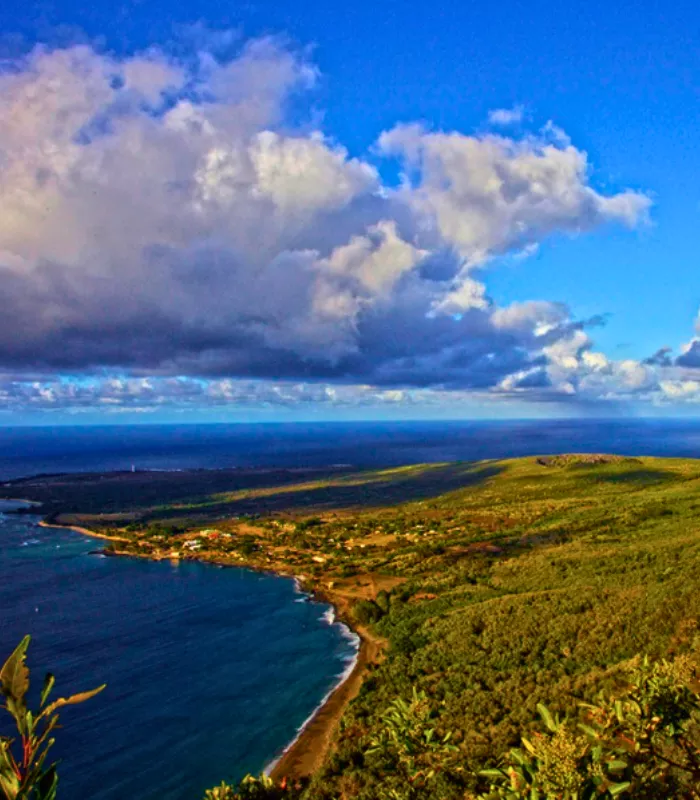
This park sits on the island of Molokai. It was once a leprosy colony and still houses former patients.
Access is very limited.
Visitors need permits and must hike a steep 3.5-mile trail.
As of 2023, tours were banned for most visitors.
Overnight stays are not allowed.
Why it’s tough for retirees: It’s hard to reach, and there’s a lot of walking with no places to stay.
9. Katahdin Woods and Waters National Monument, Maine
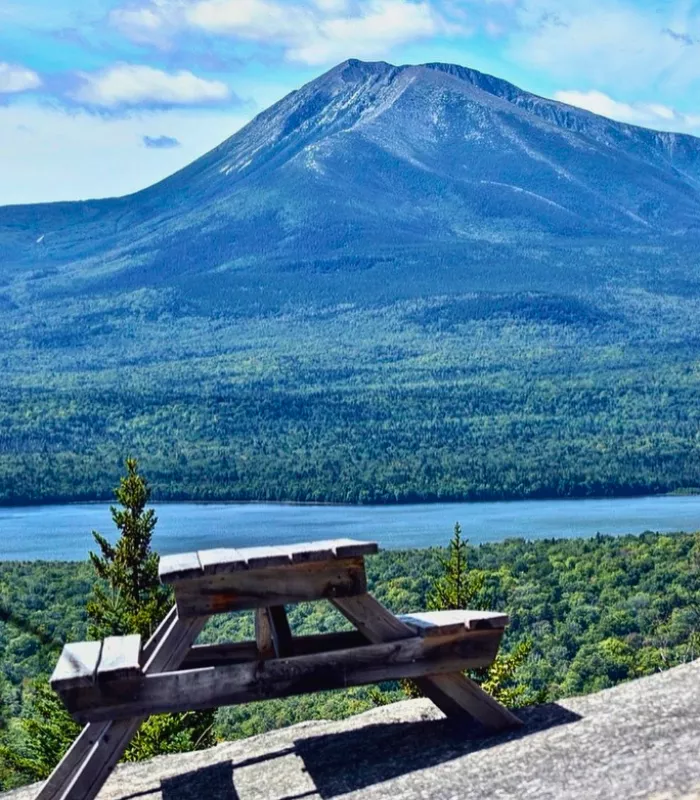
This is a quiet park in rural Maine.
Roads are all unpaved and rough, especially in spring. Snow makes much of the park unreachable in winter.
There are few signs and almost no facilities.
No visitor centers or reliable GPS.
Black bears are common.
Why it’s tough for retirees: Bad roads and lack of services make travel here risky and slow.
10. Katmai National Park & Preserve, Alaska
This park is famous for brown bears and volcanoes.
It is only reachable by plane or boat.
Less than five miles of trails are maintained.
Camping needs permits and electric fences for safety.
Travel takes lots of prep and gear.
The land is hard to move through.
Why it’s tough for retirees: Remote location, bears, and lack of help make this park a real challenge.
11. National Park of American Samoa, American Samoa
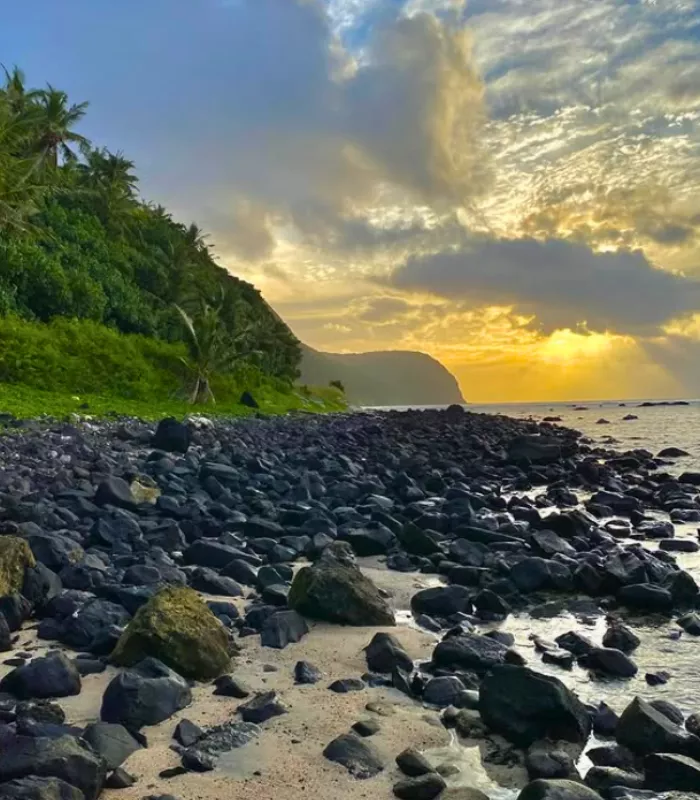
This park is in the South Pacific.
It spreads across several islands.
It’s the only U.S. national park south of the equator.
You must fly to Pago Pago to visit.
As of 2023, only two round-trip flights from Hawaii were available each week.
Getting there takes time, planning, and money.
Why it’s tough for retirees: It’s far away, hard to reach, and not ideal for short or easy trips.
12. North Cascades National Park, Washington
This park has tall peaks and deep forests.
It’s one of the least visited national parks in the U.S. Hiking is tough, and climbing is risky.
The park is home to many wild animals. That includes black bears, grizzly bears, wolves, and cougars.
Snow and slippery paths make walking hard.
Why it’s tough for retirees: Rugged trails and wild animals make this park dangerous for older adults.
13. Great Smoky Mountains National Park, North Carolina and Tennessee
This is one of the most visited parks in the country. It has mountains, waterfalls, and lots of wildlife.
It’s also famous for misty views and old forests.
Some visitors complain about crowds and noise.
Others report children using the streams as bathrooms. The haze can also cause headaches.
Why it’s tough for retirees: Overcrowding, poor behavior, and pollution can spoil the experience.
14. Gateway Arch National Park, Missouri
Gateway Arch National Park is right in downtown St. Louis. It is famous for its big silver arch. The park is small and has more city views than nature.
There are no hiking trails, camping, or kayaking here. You will find grass, a museum, and the Mississippi River. Parking is hard, and you must use street meters or pay for a lot.
The main thing to do is ride to the top of the arch in a tiny capsule. It can get hot and crowded. This park feels more like a city stop than a nature adventure.
Why it’s on this list: There is little nature and not much to do for retirees who want outdoor activities and peaceful walks.
15. Congaree National Park, South Carolina
Congaree is known for its tall trees and swampy land. There are boardwalk trails and a few spots for canoeing. The park is very quiet and rural.
Bugs are a big problem here. The park even has a “mosquito meter” to warn you about how bad the bugs are. Many people wear nets to keep bugs away.
There is not much to do after you see the swamp and trees. Camping is only for tents, and the bugs make it tough to enjoy. It is not a great place for a relaxing visit.
Why it’s on this list: The bugs, heat, and limited activities make it hard for retirees to enjoy.
16. Grand Canyon National Park (South Rim), Arizona
The Grand Canyon is famous and very big. The South Rim is the most popular spot. It gets very crowded, especially in summer.
Parking is hard to find, and walking can be tiring. The trails are steep and not easy for everyone. The shuttle buses are packed with people.
It is hard to find peace and quiet here. The crowds can make it stressful. The weather can also change quickly, which is not good for some retirees.
Why it’s on this list: Big crowds, tough trails, and busy parking lots make it a hard visit for retirees.
17. Yosemite National Park (Valley), California
Yosemite Valley is beautiful but very crowded. There is only one road in and out. Traffic jams and full parking lots are common.
The main sights are close together, so everyone gathers in the same spots. It can feel noisy and busy. The best trails are long and steep.
Finding a quiet place is hard. The crowds and parking problems can make the visit stressful. It is not easy for people who want a peaceful trip.
Why it’s on this list: Heavy crowds and tough hikes make it less relaxing for retirees looking for calm nature.
18. Mount Rainier National Park, Washington
Mount Rainier is a huge mountain and an active volcano. The park has forests, wildflowers, and snow. The weather can change fast.
Some roads and trails are steep or closed for snow. It can be hard to get around, especially for those who do not like heights or cold. The volcano risk can worry some visitors.
There are beautiful views, but getting to them can be a challenge. The park is not always easy to enjoy for everyone.
Why it’s on this list: Steep terrain, changing weather, and volcano worries make it tough for retirees.
19. Grand Teton National Park, Wyoming
Grand Teton has tall mountains and deep lakes. The views are amazing. But the hikes are steep and long.
The weather can be cold, even in summer. Some trails are rocky and hard to walk. There are fewer easy paths for people who want a gentle stroll.
The park is also far from big towns. It can be hard to find places to eat or rest. This makes it less friendly for retirees who want comfort.
Why it’s on this list: Hard hikes and remote location make it less ideal for retirees.
20. Death Valley National Park, California and Nevada
Death Valley is the hottest place in North America. Summer temperatures can go over 120°F. The land is dry and wide.
There are few trees or shady spots. Walking even short distances can be hard. The heat can be dangerous for older visitors.
Gas, food, and water are far apart. Getting help in an emergency can take a long time. This is not a relaxing park for most retirees.
Why it’s on this list: Extreme heat and long distances make it risky for retirees.
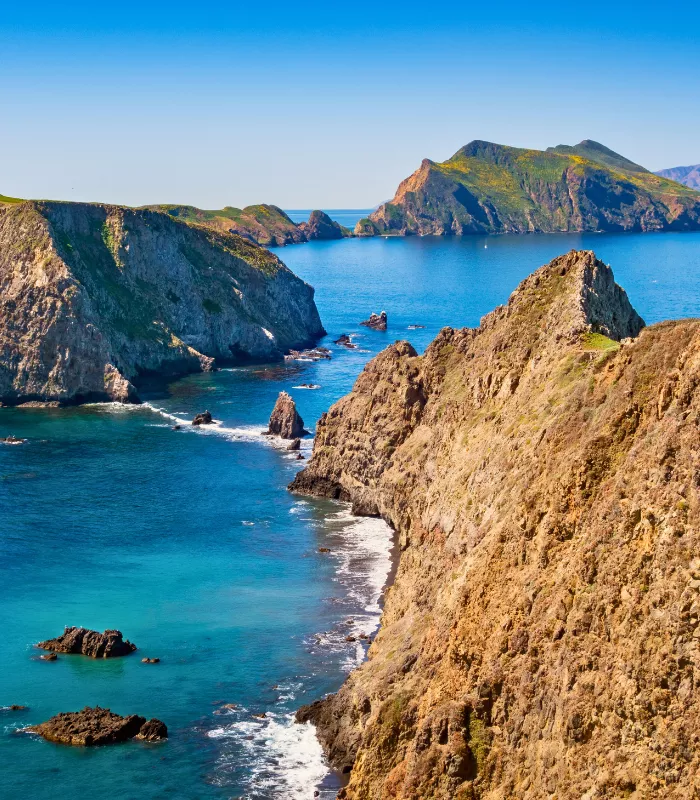

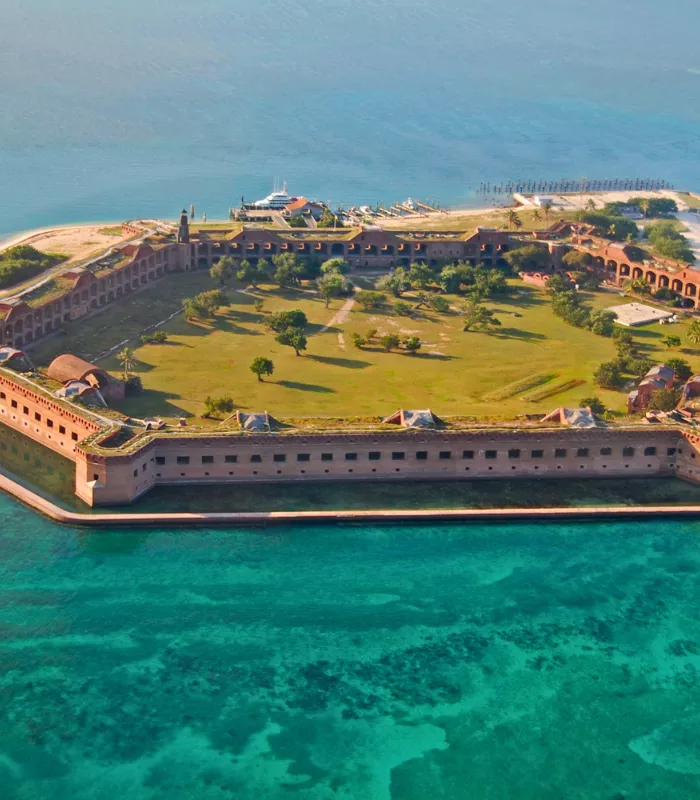
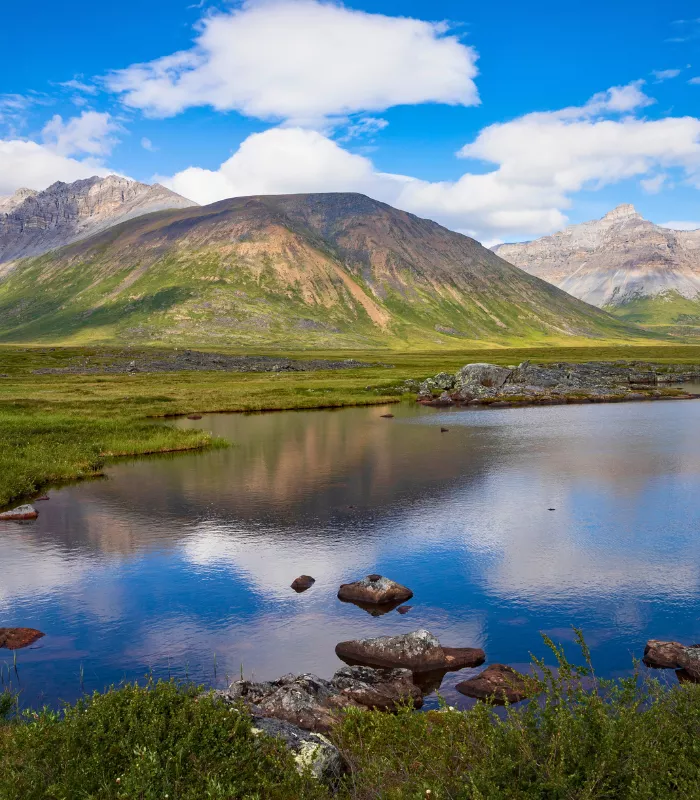
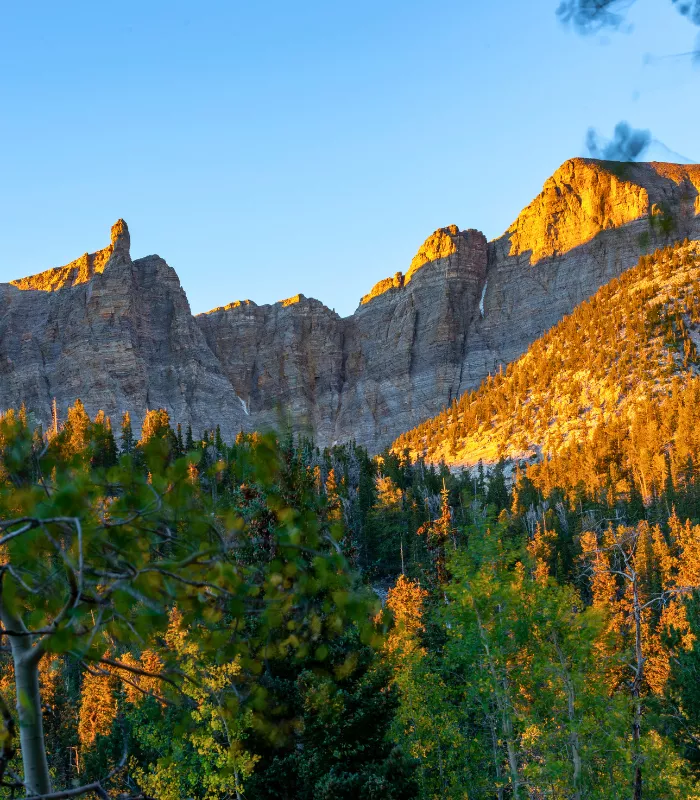
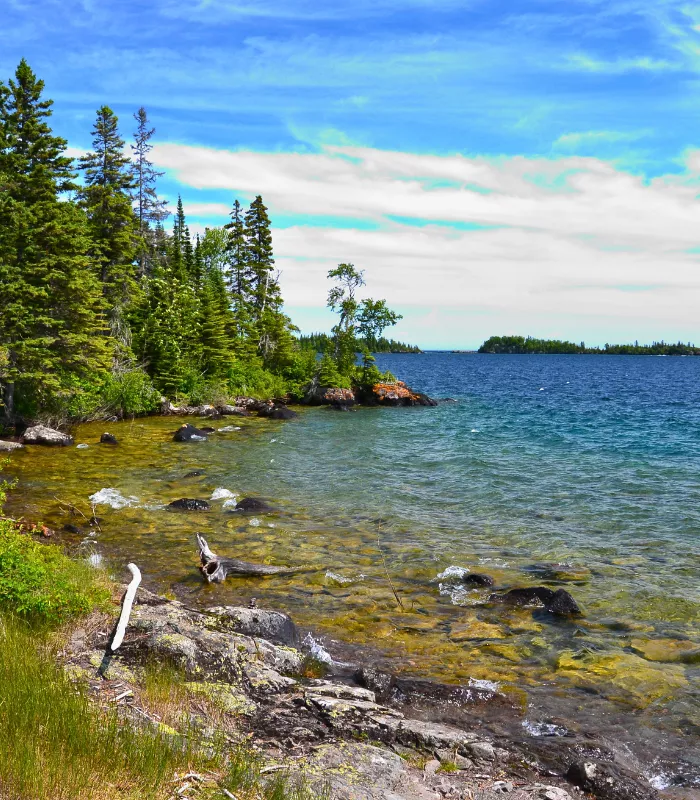
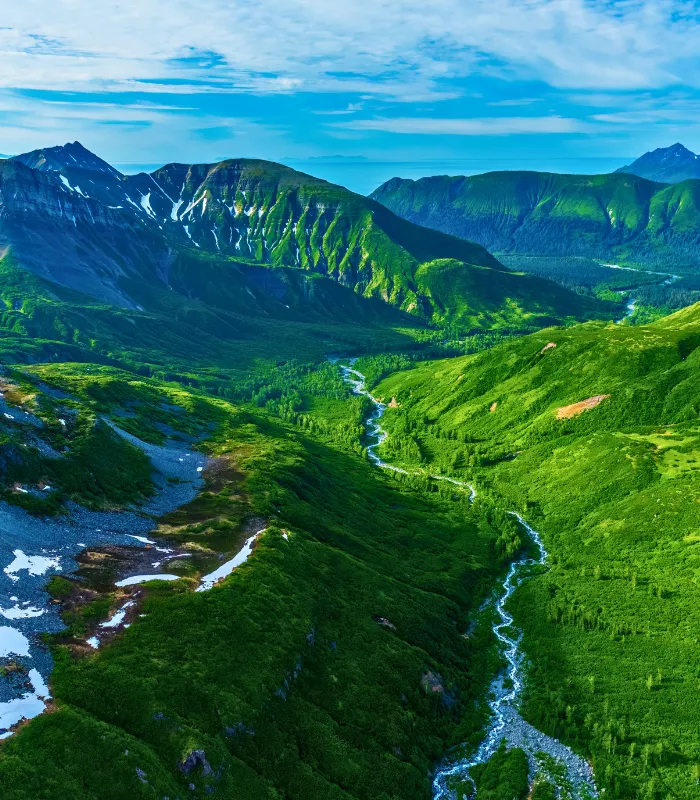
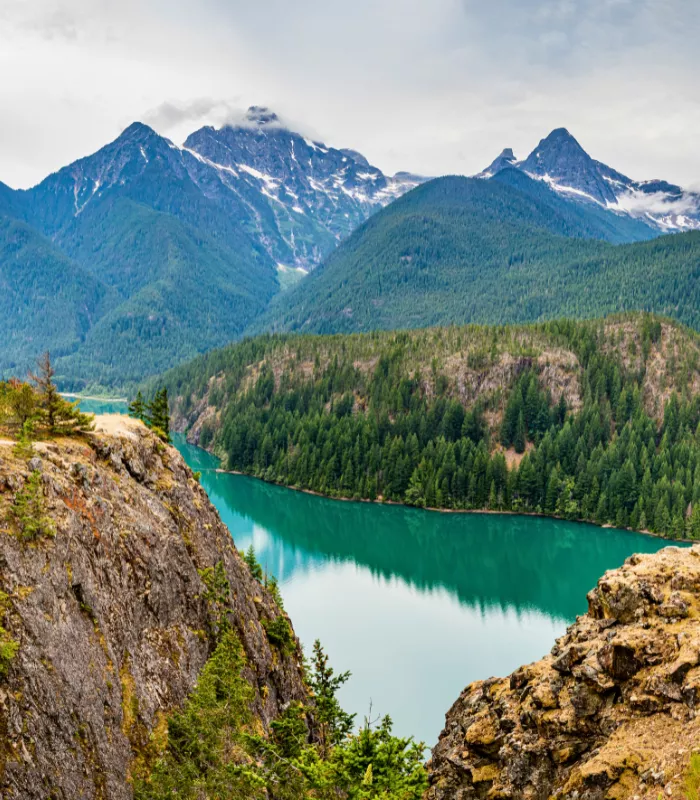
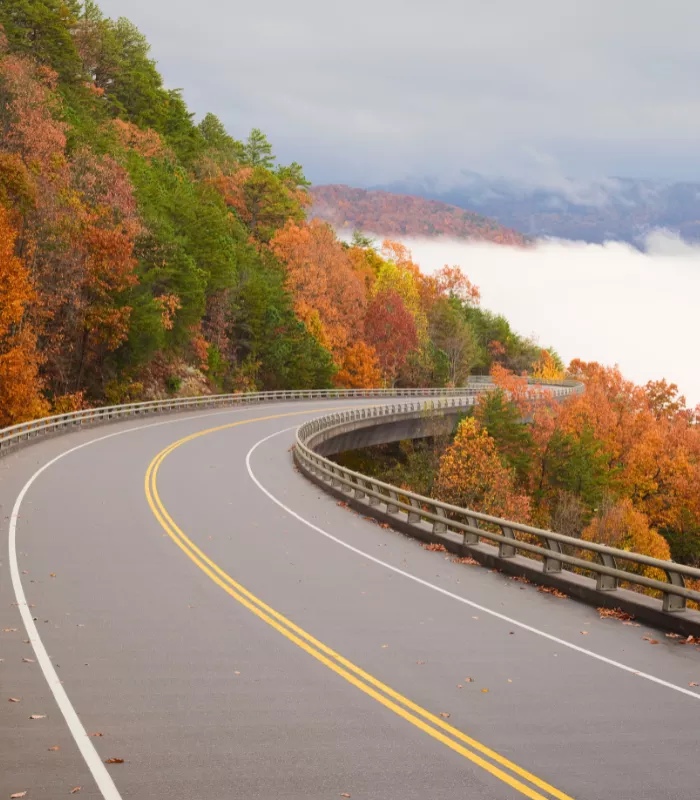
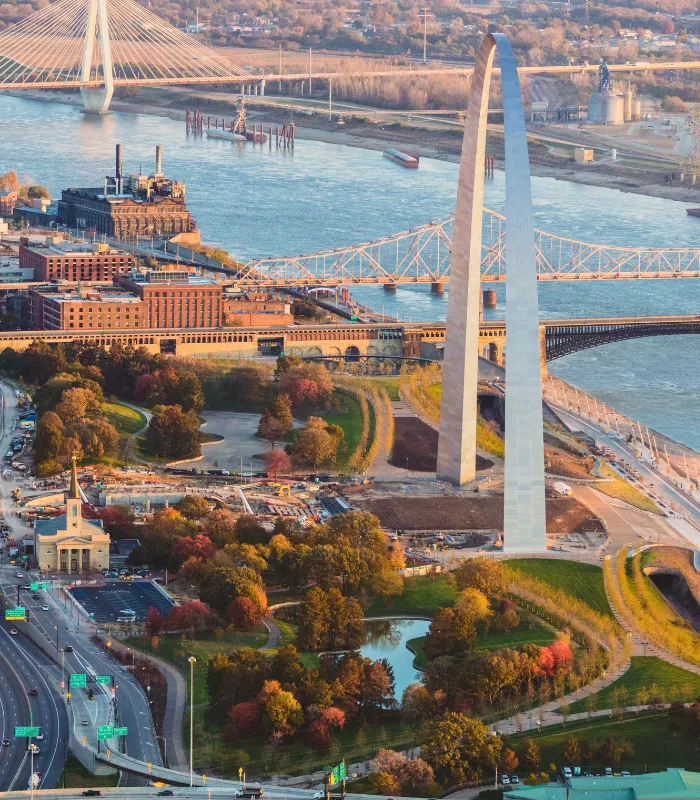
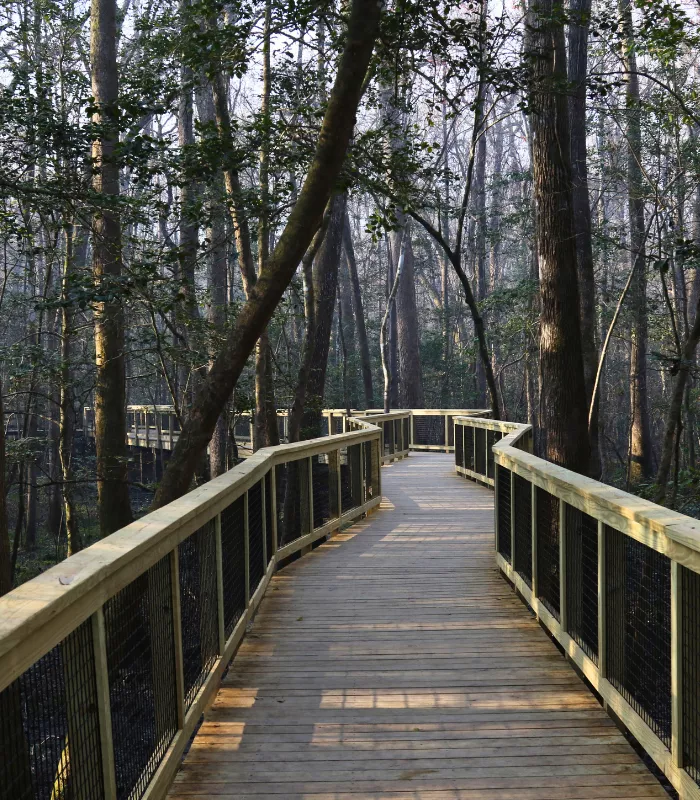
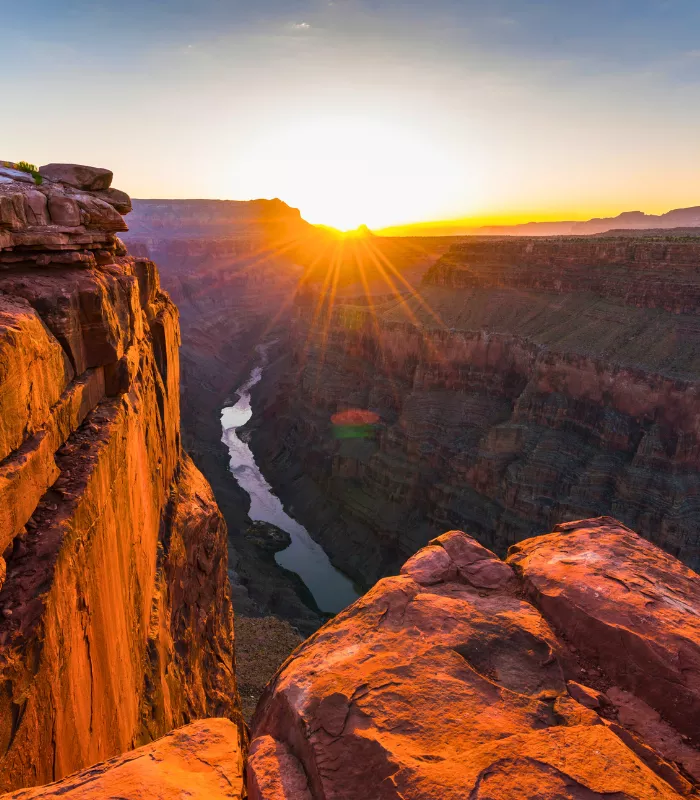
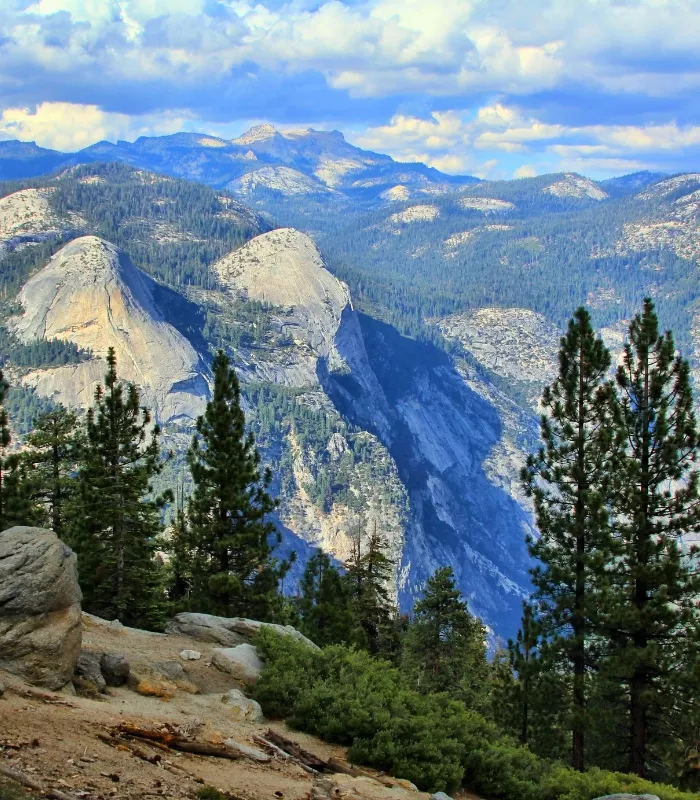
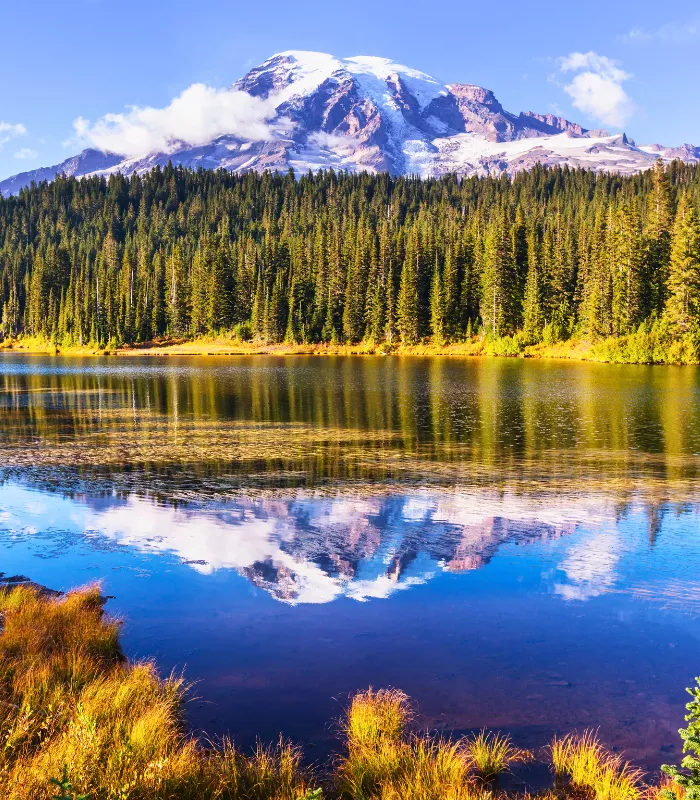
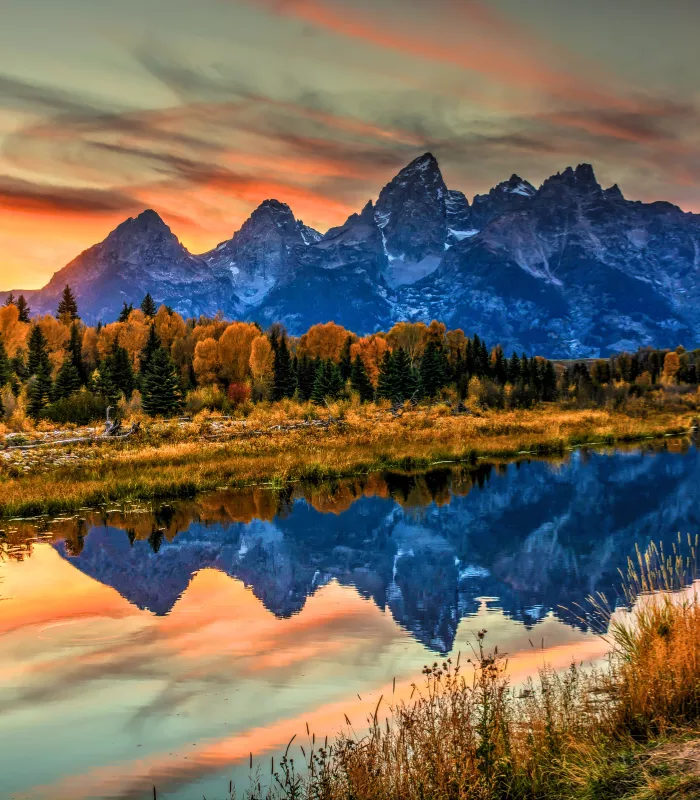
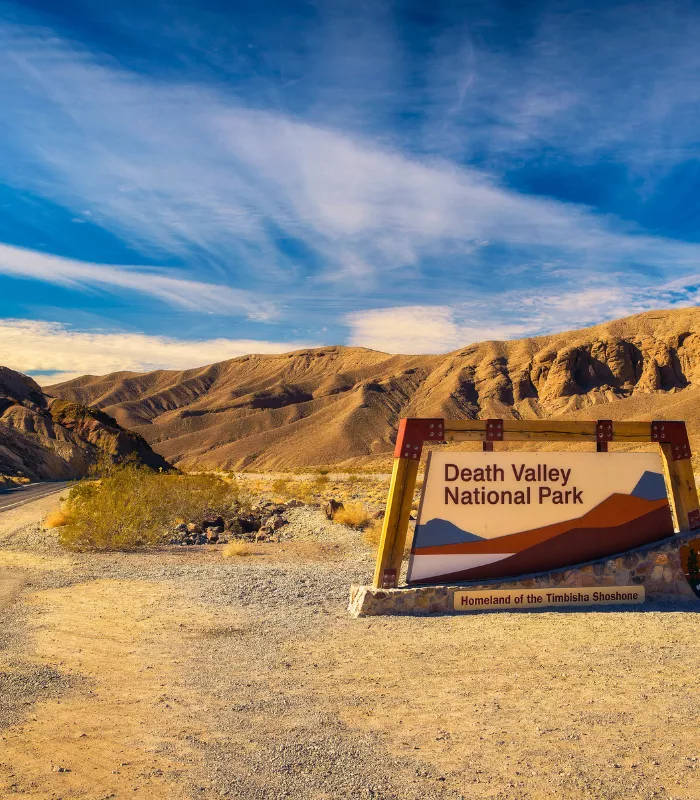
I’v been to 4 of those parks after retiring and never had a problem. I took my brother to Denali and we had a good time.